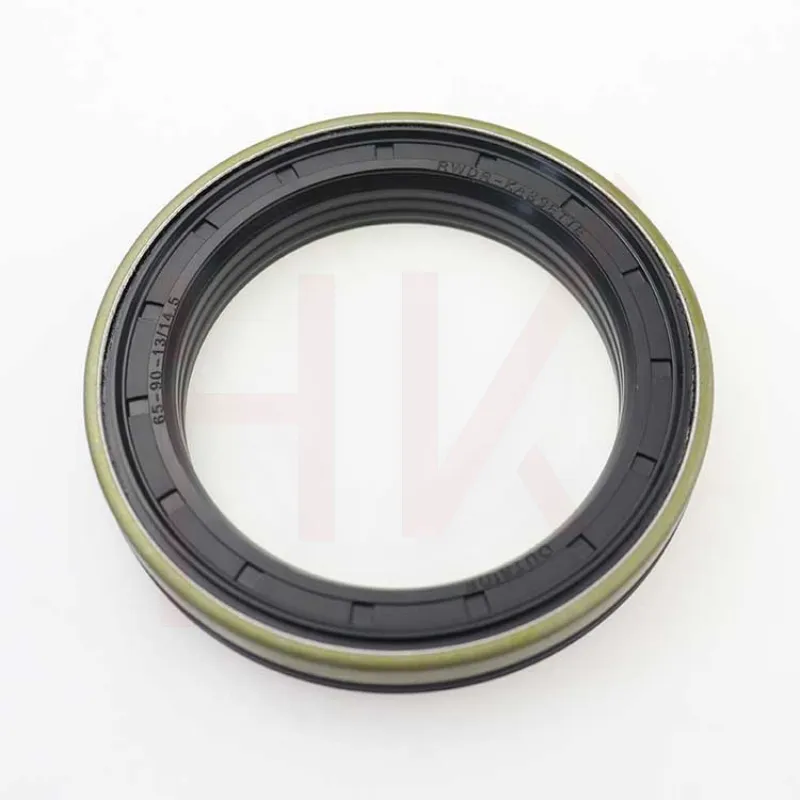ديسمبر . 04, 2024 17:29 Back to list
Hydraulic cylinder seal kit replacement
Hydraulic Cylinder Seal Kit Replacement A Comprehensive Guide
Hydraulic cylinders are essential components in various machinery, from construction equipment to manufacturing processes. They rely on seal kits to maintain hydraulic fluid pressure and prevent leaks. A damaged or worn seal can lead to inefficiencies, reduced performance, and costly repairs. In this article, we will explore the process of hydraulic cylinder seal kit replacement in detail.
Understanding the Importance of Seal Kits
Seal kits play a crucial role in hydraulic systems. They are designed to prevent hydraulic fluid from leaking out, ensuring proper operation of the cylinder. Common materials for seal kits include rubber, polyurethane, and PTFE, each chosen for its durability and resistance to hydraulic fluid.
Over time, seals can wear out due to factors such as heat, pressure, and exposure to contaminants. Routine maintenance and timely replacement of seal kits are essential to extend the life of hydraulic cylinders and maintain optimal performance.
Signs that Your Seal Kit Needs Replacement
It's important to recognize the signs that indicate your hydraulic cylinder seal kit may need replacement. Common indicators include
1. Fluid Leaks The presence of hydraulic fluid around the cylinder is the most obvious sign of a seal failure. 2. Reduced Performance A noticeable drop in power or responsiveness when using the equipment may indicate seal wear. 3. Pitting or Scoring Inspecting the cylinder rod for scratches or pitting can reveal seal degradation. 4. Unusual Noises Grinding or hissing sounds during operation can signal internal issues caused by worn seals.
Tools and Materials Needed
Before embarking on the replacement process, gather the following tools and materials
- New seal kit - Wrenches and sockets - Screwdrivers - Clean cloths - Hydraulic oil - Safety goggles and gloves - Torque wrench (if necessary)
hydraulic cylinder seal kit replacement

Step-by-Step Replacement Process
1. Safety First Ensure the machinery is turned off, and release any trapped hydraulic pressure. 2. Disassemble the Cylinder Carefully remove the hydraulic cylinder from the equipment. Use the appropriate wrenches to disconnect any lines or fittings.
3. Remove the End Caps Depending on the design of the cylinder, remove the end caps using a suitable tool. Take care not to damage the cylinder body or components during this process.
4. Extract the Old Seals Gently remove the old seals from the cylinder. A flat tool can help pry them out, but avoid scratching or damaging the cylinder surfaces.
5. Clean the Cylinder Thoroughly clean the cylinder and rod using a cloth to remove any debris or old oil. This step is crucial to ensure the longevity of the new seals.
6. Install New Seals Carefully insert the new seals from the replacement kit. Follow the specific instructions provided with the kit, as the orientation and placement of seals can vary.
7. Reassemble the Cylinder Once the new seals are in place, reattach the end caps and secure them according to the manufacturer’s specifications. Ensure that any bolts are tightened to the recommended torque settings.
8. Reconnect the Cylinder Reinstall the hydraulic cylinder onto the machinery. Reconnect any hydraulic lines and fittings that were removed during disassembly.
9. Test the System Before operating the equipment, check for leaks and ensure that everything is functioning correctly. It’s essential to monitor the system for any irregularities during initial operation.
Conclusion
Replacing the hydraulic cylinder seal kit is a vital maintenance task that helps ensure the efficiency and longevity of hydraulic systems. By being proactive in identifying signs of wear and understanding the replacement process, operators can prevent unfortunate breakdowns and expensive repairs. Regular maintenance not only saves money but also enhances the overall performance of hydraulic machinery.
-
Unlocking the Potential of Hydraulic Systems with Essential Sealing Solutions
NewsAug.06,2025
-
Unleash the Power of Your Hydraulic Systems with Our Premium Seal Kits
NewsAug.06,2025
-
Specialized Hydraulic Seal Kits for Breakers, Pistons, and Presses
NewsAug.06,2025
-
Revitalize Hydraulic Systems with Premium Repair and Seal Kits
NewsAug.06,2025
-
Fortify Your Cylinders with Premium Sealing Solutions
NewsAug.06,2025
-
Elevate Hydraulic System Reliability with Specialized Seal Kits
NewsAug.06,2025
-
TCN Oil Seal Metal Ring Reinforcement for Heavy Machinery
NewsJul.25,2025
Products categories
















